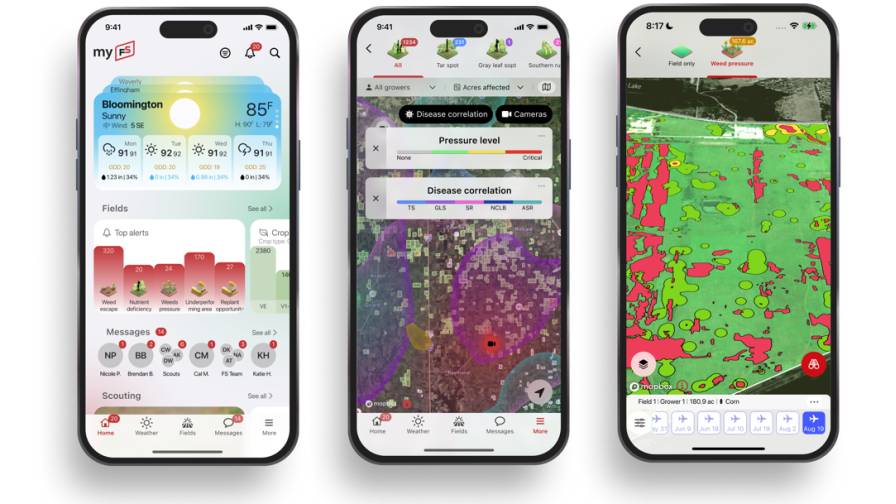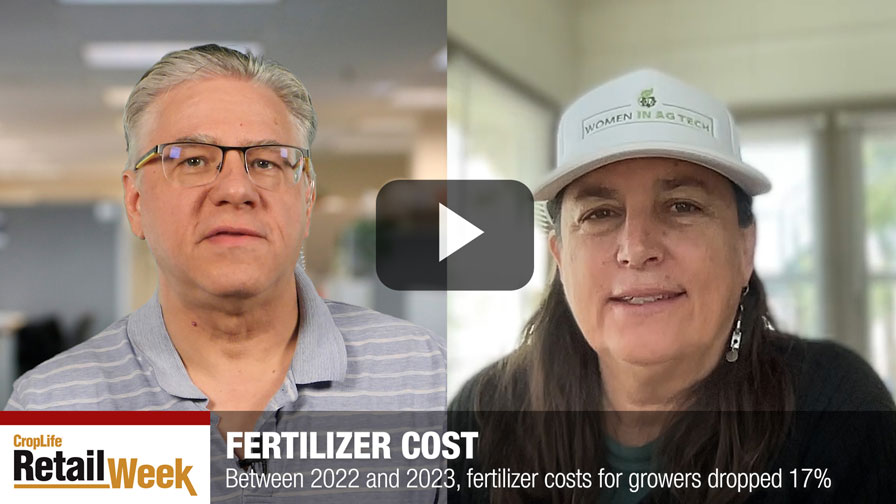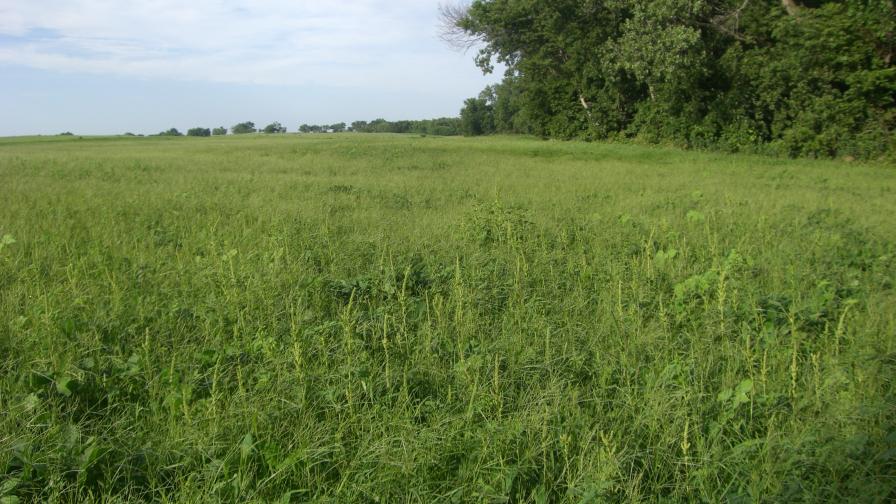The Importance of Experience, Adaptability, and Communication in Digital Agriculture
Editor’s note: In July 2019, RDO Equipment’s Jacob Maurer presented at the InfoAg Conference in St. Louis, on the topic of data inoperability, with a focus on adapting to the realities of today’s digital agriculture. Through sharing his own story and a few doses of humor, Jacob showed the audience that, just like the “devil’s weed,” Palmer amaranth, challenges in agriculture today are dynamic, and require a combination of practice, humility, and rapport to overcome them. Below is a portion of his story and what he discussed at the presentation.
Early Learnings
My first job out of college was field sales agronomist for a cooperative in Kansas. I’m sure many can relate to this – I had ZERO formal training in agronomy, and to boot, I did not grow up on a farm. My shiny new degree was in Agribusiness, not Agronomy, and my electives were spent on feed science and a collection of missed opportunities from an engineering degree I attempted to pursue.
Much of my first months on the job were spent learning core fundamentals which were probably assumed I would have had in the first place. A nickname of “Alfalfa” was quickly earned, not because of awesome hair or ability to manage a stand, but because I mistakenly identified it as a weed which was overtaking a field.
In my defense, the grower had taken the field out of alfalfa to grow soybeans for a couple of years so technically it was a “weed” of sorts.
This seemingly never-ending list of items I was unprepared for led to incredible frustrations early on in my career. The motto of “you don’t know what you don’t know” became my crutch as well as my ideal. The very first field I ever “scouted” was a soybean field which had become overrun by a combination of grasses and broadleaf species. I remember full-well taking a picture of it because:
- I couldn’t believe I was actually at the right field (it was the first time I had ever used a plat book…if you had to Google what a plat book was, consider yourself lucky) .
- I felt like I was going to need a before and after picture for proof on the pending claim I could already see coming in the very near future.
Two weeks later, by golly, 24 ounces of glyphosate got it all cleaned up.
The next year, marestail emerged as enemy number one, and agronomy retailers and custom applicators within my trade territory were judged by customers based upon their abilities to control it.
I became obsessed with marestail. After throwing half-rates all over the place to keep my tank mix cocktails on the cheap, a number of weed species had developed an incredible tolerance – and in some cases, flat-out resistance – to many modes of action I would need in the future.
Then came a new weed issue that had been there all along, but no one respected as a real threat. For years, we called them all “pigweeds,” and anything sprayed seemed to control them well enough. But now the lack of knowledge and experience from my past caught up to me and presented a whole new challenge. Its name was Palmer amaranth.
The Devil’s Weed
Palmer amaranth is a very dynamic weed. It adapts to its conditions, it takes many forms, it grows faster than anything out in the field, and it is resistant to virtually everything.
By 2015, advisors and growers were going to every length imaginable trying to correct the oversight of Palmer amaranth, and everyone quickly realized how many technologies had been burned through in attempt to control past weed species.
Early this spring, Kansas State confirmed Palmer amaranth had developed resistance to 2,4-D and dicamba (group 4), in addition to the laundry list of group 2, 5, 9, and 27 herbicides.
For those of us who come from areas where this weed has overtaken cropping systems, we can find empathy within each other. We also have much that can be shared with industry colleagues who have yet to experience this “devil’s weed.”
Cultivating Connection
Digital agriculture has a lot to learn from those in the crop protection space. I believe the biggest lesson which can be learned is that we, digital agriculturalists, must recognize that the first solution will not always be the “ultimate” solution.
Through a number of software updates, we seem to showcase our abilities to quickly adapt to a problem, but we struggle when it comes to truly practicing humility in our failures, and have a hard time connecting with our customers on a personal level.
Even though we as an industry continue to build our “network” through social and digital media, the core fundamentals of communication seem to become unnecessary when our screens are always prepared to tell us the answer.
Edward O. Wilson said it best: “We are drowning in information, while starving for wisdom. The world henceforth will be run by synthesizers, people able to put together the right information at the right time, think critically about it, and make important choices wisely.”
Partnerships with Growers
The role of the trusted advisor in today’s digital environment is twice as difficult than it used to be, as it requires him or her to have more answers than the internet – because, as we know, most growers will only bring problems when the internet cannot solve them.
Some companies are trying to reduce the number of relationships that a grower needs to have by building advanced analytics and digital communications frameworks that seemingly reduce the need for farm or field visits. In reality, no one single company should be trusted to always provide the solution to every problem. Instead, we should encourage growers to seek a mix of advisers and work with those open to a collaborative approach – especially when it comes to farm data.
There is still a lot to be said about building a strong track record of positive outcomes and rapport with grower customers. It takes consultants and advisers being honest with ourselves and realizing that we cannot possibly have all the answers.
With the dynamic challenges faced in agriculture today, we must develop the experience and empathy needed to overcome them. If we can find ways to empathize with the realities of agribusiness, work together, and have strong personal relationships with our growers, we might just get a chance to, not only practice our craft, but deliver actual solutions for growers.









